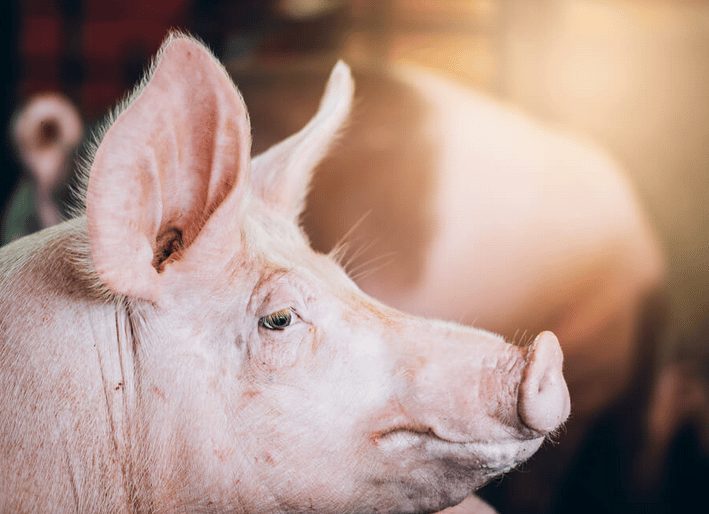Source: Marcio Ceccantini, Pig Progress, 5 February 2021, photo credit: Chemuniqué
The aim of modern pig production is to optimise performance and gain, while seeking a more sustainable way of production. With feed taking up the lion’s share of production costs, it makes sense to get the most out of what is fed. An enzyme can help optimise feed usage – and multiple enzymes can reinforce each other.
Of all enzymes used, phytases and carbohydrases are the most regularly added to pig diets. Phytase degrades phytate, releasing phosphorus and avoiding the formation of complexes with proteins and minerals, which in turn improves digestibility and increases nutrient absorption, significatively decreasing phosphorus excretion.
Phytases are already well described; this article focuses more on the carbohydrases, or enzymes able to cut carbohydrates into simpler sugars, and their combined effect with phytase. The most well-known carbohydrase is xylanase, which acts on certain arabinoxylans.
For pigs consuming a cereal and soya-based diet, supplementing a multienzyme complex has proven to be very useful. A multienzyme complex consisting of different types of enzymes, for instance a multicarbohydrase plus a phytase complex (MCPC), can better improve the global digestibility of feed and therefore increase the energy and amino acids release.
Read more
The South African Pork Producers’ Organisation (SAPPO) coordinates industry interventions and collaboratively manages risks in the value chain to enable the sustainability and profitability of pork producers in South Africa.
















